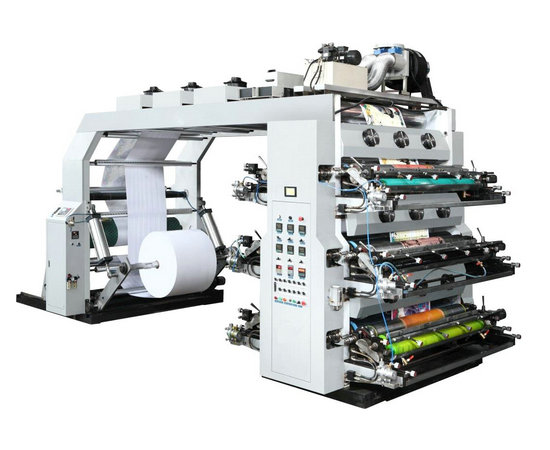In today's digital age, printing has become an integral part of our lives. However, thin prints often lack the durability and strength required for long-lasting use. This blog post aims to provide you with expert insights and practical techniques to make your thin prints stronger, ensuring they withstand the test of time. From selecting the right materials to employing effective reinforcement methods, let's explore how you can enhance the durability of your prints.
- Choose the Right Paper:
The foundation of a strong print lies in selecting the appropriate paper. Opt for heavyweight or thicker paper stocks, such as cardstock or fine art paper, which offer greater durability and resistance to wear and tear. Additionally, consider papers with a higher GSM (grams per square meter) for added strength. - Utilize Coating Techniques:
Applying coatings to your prints can significantly enhance their strength and longevity. Consider using protective coatings like varnishes or laminates to provide a physical barrier against scratches, moisture, and UV radiation. These coatings not only increase durability but also enhance the visual appeal of your prints. - Reinforce with Backing Materials:
To reinforce thin prints, consider using backing materials. Mounting your prints on sturdier surfaces like foam boards or acrylic sheets adds rigidity and prevents bending or warping. This technique is particularly useful for prints that will be displayed or handled frequently. - Employ Edge Reinforcement:
The edges of prints are often vulnerable to fraying or damage. To strengthen them, employ edge reinforcement techniques. One effective method is using binding tapes or strips along the edges to provide added support and prevent tearing. Alternatively, encapsulating the edges with protective films can also enhance durability. - Consider Encapsulation or Lamination:
For prints that will be subjected to heavy handling or outdoor exposure, encapsulation or lamination is an excellent choice. Encapsulation involves sealing the print between two layers of protective film, while lamination involves applying a transparent layer on top. Both methods offer superior protection against moisture, UV rays, and physical damage. - Optimize Printing Techniques:
The printing process itself can impact the strength of your prints. Ensure that you use high-quality printers with optimal settings to achieve sharper and more durable results. Adjusting the ink density, resolution, and print speed can help enhance the overall strength and longevity of your prints. - Store and Display with Care:
Even the strongest prints require proper storage and display to maintain their durability. Store prints in acid-free archival sleeves or folders to protect them from environmental factors. When displaying, use frames or holders that provide adequate support and protection against dust, moisture, and direct sunlight.
Conclusion:
By implementing these techniques, you can significantly enhance the strength and durability of your thin prints. From selecting the right materials to employing appropriate reinforcement methods, each step plays a crucial role in ensuring long-lasting prints. Remember, investing in the quality and durability of your prints not only preserves your valuable memories but also showcases your professionalism and attention to detail. So, go ahead and make your prints stronger, ensuring they withstand the test of time.


